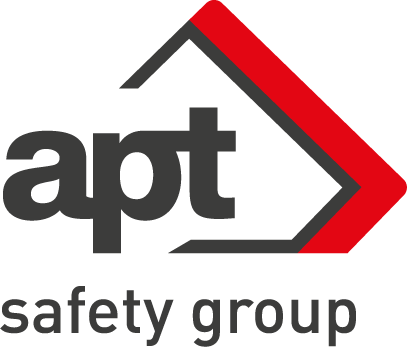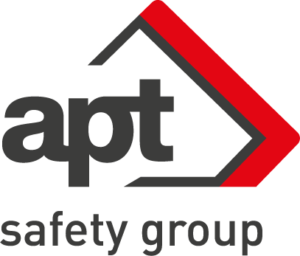
PHYSICAL AND MENTAL STRESS MANAGEMENT
The anti-stress function of correct posture. Is there a relationship between posture and mood? Is it possible to improve one’s posture in the workplace? Between theory and practice: the postural and traditional principles of Pilates and the relaxation and breathing techniques of Yoga come together in a protocol of simple and effective exercises that can be performed comfortably in the workplace. The course will help participants exercise more control over their psycho-physical health in work and everyday contexts.







